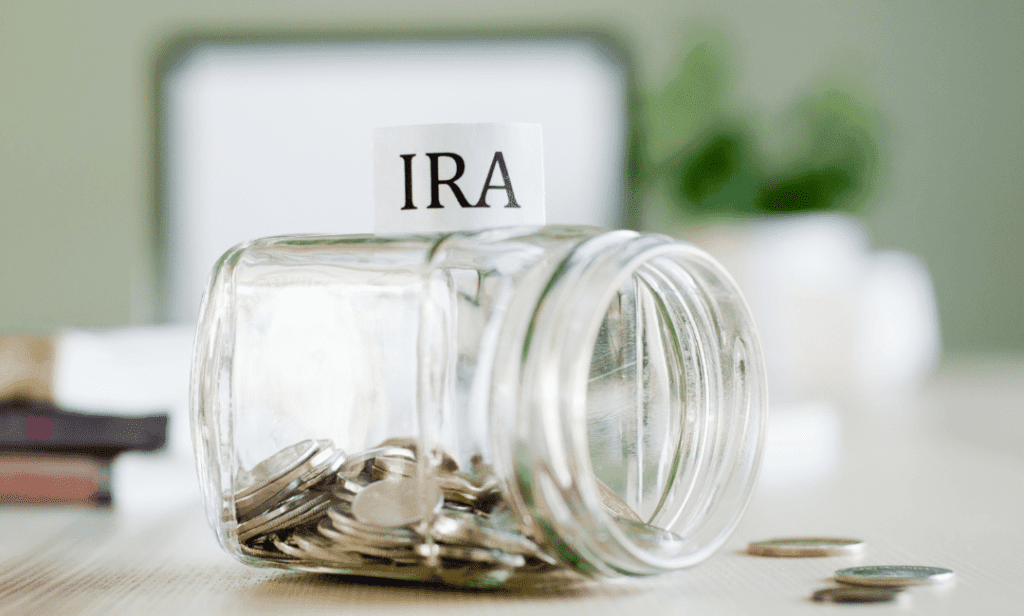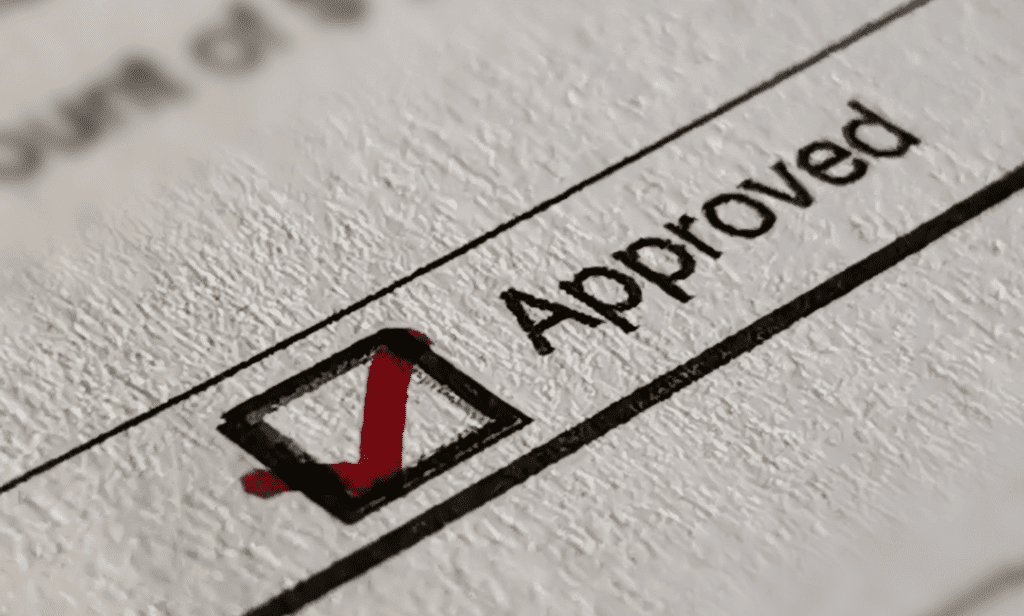Guide for New Gold and Silver IRA Investors

Welcome to the world of precious metals investing! If you’re venturing into the realm of Gold and Silver Individual Retirement Accounts (IRAs) for the first time, you’re embarking on a journey that combines the age-old allure of precious metals with modern retirement strategies. This guide is tailored specifically for new investors like you, aiming to demystify the process and provide you with the essential knowledge to make informed decisions.
Gold and Silver IRAs offer a unique way to diversify your retirement portfolio, adding a layer of security and potential growth that traditional stock and bond investments may not provide. As you navigate through the intricacies of investing in these timeless assets, you’ll discover how they can not only preserve but potentially enhance the value of your retirement savings, particularly in times of economic uncertainty.
In this guide, we’ll explore the fundamental aspects of Gold and Silver IRAs, from understanding the basics of precious metals investing to choosing the right custodian for your needs. We’ll delve into the advantages and considerations of including gold and silver in your IRA, the process of buying and storing these precious metals, and how to align your investment with your long-term retirement goals.
Whether you’re looking to hedge against inflation, diversify your investment portfolio, or simply have a fascination with the enduring value of gold and silver, this guide is your first step towards becoming a savvy precious metals investor. So, let’s dive in and unravel the golden threads of this exciting investment opportunity!
What is a Gold and Silver IRA?
A Gold and Silver Individual Retirement Account (IRA) represents a distinctive category within precious metals IRAs, providing an alternative avenue for retirement savings. Unlike traditional IRAs, which are typically comprised of stocks, bonds, or real estate, a Gold and Silver IRA focuses on investment in physical precious metals. This type of account is gaining traction among investors who seek a diversified and potentially more secure approach to retirement planning.
Key Features of Gold and Silver IRAs
- Investment in Physical Precious Metals: One of the primary features of a Gold and Silver IRA, or a precious metal IRA, is the ability to invest directly in physical gold and silver. This means you’re not just buying stocks in mining companies or gold and silver funds, but actual, tangible precious metals.
- Diversification of Retirement Portfolio: By including a gold IRA account in your retirement planning, you’re diversifying your investment portfolio. Precious metals like gold and silver have historically held their value and shown resilience in times of economic instability, offering a hedge against inflation and market volatility.
- Protection Against Economic Fluctuations: Precious metals IRAs provide a unique safeguard against economic uncertainties. Gold and silver have been sought-after for centuries as stable stores of value, making them attractive assets for those looking to protect their wealth over the long term.
Advantages of Investing in Precious Metals IRAs
- Potential for Long-Term Growth: While all investments carry risks, precious metals have shown a consistent growth pattern over time. A gold IRA account can potentially yield significant long-term gains, especially in response to global economic pressures that might adversely affect traditional investment assets.
- Security in Tangible Assets: Investing in a precious metal IRA means investing in a physical asset. The tangible nature of gold and silver provides a sense of security that paper assets may not always offer, especially during times of economic downturn or high inflation.
How Does a Gold and Silver IRA Work?

Investing in a Gold and Silver IRA is a unique process compared to traditional retirement savings methods. It involves several key steps, each integral to ensuring that your individual retirement account aligns with both IRS regulations and your personal investment goals. Here’s a breakdown of how it works:
1. Choose a Custodian
- Selecting a Financial Institution: The first step in setting up your Gold and Silver IRA is choosing a custodian. This entity should be a financial institution approved by the IRS to manage self-directed IRAs, including precious metal IRAs. These custodians are responsible for the administrative and reporting requirements of your IRA account.
- Custodian’s Role: The custodian will provide guidance on the rules and regulations surrounding precious metals IRA investing, ensuring that your account complies with IRS standards.
2. Fund the Account
- Transferring Funds: To fund your precious metal IRA, you can transfer money from an existing retirement account, such as a 401(k) or a traditional IRA. This process should be carried out in a way that avoids tax penalties.
- Annual Contributions: You can also make annual contributions to your gold IRA investments within the limits set by the IRS, just as you would with a traditional IRA.
3. Select Precious Metals
- Choosing Metals for Investment: With your custodian’s help, choose the types of precious metals to include in your IRA. Options typically include physical gold, silver, and sometimes platinum or palladium.
- IRS-Approved Metals: It’s crucial to ensure that the selected metals, whether gold coins or silver bars, are IRS-approved for precious metals IRA investing.
4. Purchase and Store Precious Metals
- Custodian-Facilitated Purchases: Your custodian will facilitate the purchase of the approved precious metals on your behalf. This step involves selecting and buying from reputable precious metals companies.
- Secure Storage: The acquired physical gold and other metals will be stored in an IRS-approved depository. Personal storage of these metals is not permitted under IRS rules.
5. Manage Your Portfolio
- Ongoing Oversight: Like any investment, it’s important to monitor the performance of your gold and silver IRA. Keep track of market trends in precious metals investments and work with your custodian to make informed decisions.
- Selling Precious Metals: Be aware of the process and implications of selling precious metals from your IRA, particularly how it impacts your retirement savings and potential tax considerations.
Types of Gold IRA Accounts
For new investors exploring the realm of precious metals investments, understanding the different types of Gold IRA accounts is crucial. Each type offers unique features and caters to different investment strategies. Primarily, there are two categories to consider:
Traditional Gold IRA
- Investment in Physical Assets: A traditional Gold IRA allows you to invest directly in physical gold and silver, as well as other precious metals like platinum. This investment type involves purchasing tangible assets, such as coins or bars, which are then securely stored.
- Storage in Approved Depositories: The physical gold, silver, or platinum in your IRA is stored in a depository that meets the standards set by the IRS. This ensures the safety and security of your investment.
- Tax Advantages: Like other retirement accounts, a traditional Gold IRA offers tax advantages, which can significantly impact your retirement savings strategy. Contributions are typically tax-deductible, and the account grows tax-deferred, meaning you don’t pay taxes on your precious metal investments until you make withdrawals.
Gold ETFs and Gold Mining Stocks IRA
- Exposure to Precious Metals Markets: Some gold IRA custodians provide the option to invest in Gold Exchange-Traded Funds (ETFs) or gold mining stocks. This type of Gold IRA account allows you to gain exposure to the price movements of gold without owning physical assets.
- Diversification: Investing in gold ETFs and mining stocks can offer a form of diversification within your retirement account, as these assets often react differently to market conditions compared to physical gold and other precious metals.
- Considerations: While Gold ETFs and mining stocks IRAs provide a different way to invest in the gold market, they may not offer the same level of security as owning physical gold. It’s important to understand the risks and to choose a gold IRA company or custodian with a solid reputation, potentially verified by organizations like the Business Consumer Alliance.
IRA-Approved Precious Metals

The IRS has specific criteria for precious metals eligible for inclusion in an IRA. Generally, they must meet a minimum fineness level:
- Gold: Must be 99.5% pure (or 24 karats).
- Silver: Must be 99.9% pure.
Commonly approved gold and silver products include American Gold Eagles, American Silver Eagles, Canadian Gold Maple Leafs, and Australian Gold Kangaroos. Always consult your custodian to ensure the metals you choose comply with IRS regulations.
Pros of a Gold and Silver IRA
- Diversification: Precious metals can act as a hedge against inflation and economic instability, adding diversity to your retirement portfolio.
- Wealth Preservation: Historically, gold and silver have maintained their value over time, helping protect your savings.
- Tax Advantages: Gold and Silver IRAs offer the same tax benefits as traditional retirement accounts, such as tax-deferred growth and potential tax deductions.
- Ownership of Physical Assets: With a traditional Gold IRA, you own physical metals that are stored securely.
Cons of a Gold and Silver IRA
- Custodial Fees: Custodians charge fees for managing your account and storing the metals, which can eat into your returns.
- Lack of Liquidity: Selling precious metals can be less liquid and more complex compared to traditional assets like stocks.
- Market Volatility: The prices of gold and silver can be highly volatile, leading to potential investment risk.
- Strict Regulations: IRS regulations regarding approved metals and storage can be restrictive and may limit your investment choices.
Before investing in a Gold and Silver IRA, it’s essential to conduct thorough research, consult with a financial advisor, and carefully consider your financial goals, risk tolerance, and the overall composition of your retirement portfolio.
Conclusion: Navigating Your Gold IRA Investment Journey
As you embark on your journey into the world of Gold IRA investments, it’s clear that these vehicles offer a unique and potentially rewarding approach to securing your financial future. Whether you choose a Traditional Gold IRA, with its focus on physical precious metals like gold, silver, and platinum, or venture into Gold ETFs and Gold Mining Stocks IRAs for a market-linked investment strategy, each path provides its own set of advantages and considerations.
Key takeaways for new investors include:
- Diversification and Security: Gold IRAs, by including physical precious metals or gold-related financial instruments, offer a way to diversify your retirement portfolio and add a layer of security against economic fluctuations.
- Understanding the Options: Familiarize yourself with the different types of Gold IRA accounts. A traditional account focusing on physical gold and other precious metals might appeal to those seeking tangible assets, while Gold ETFs and mining stocks can attract those looking for market exposure.
- Choosing the Right Custodian: Partnering with a reputable gold IRA company or custodian, potentially vetted by organizations like the Business Consumer Alliance, is crucial. They play a key role in guiding you through the complexities of precious metals investing.
- Tax Advantages and Regulations: Be aware of the tax implications and IRS regulations surrounding Gold IRAs. These factors are essential in planning for a financially stable retirement.
In summary, Gold IRA accounts represent an innovative and potentially beneficial addition to your retirement savings strategy. By carefully considering your options, understanding the associated risks and rewards, and staying informed about market trends and regulatory requirements, you can make decisions that not only resonate with your investment goals but also contribute to a more secure and prosperous retirement.